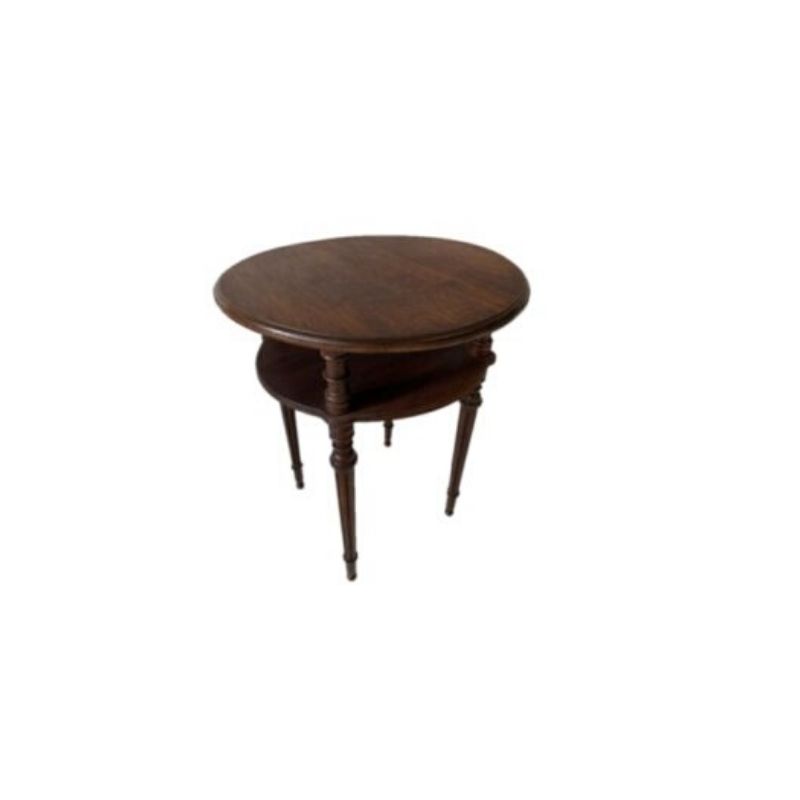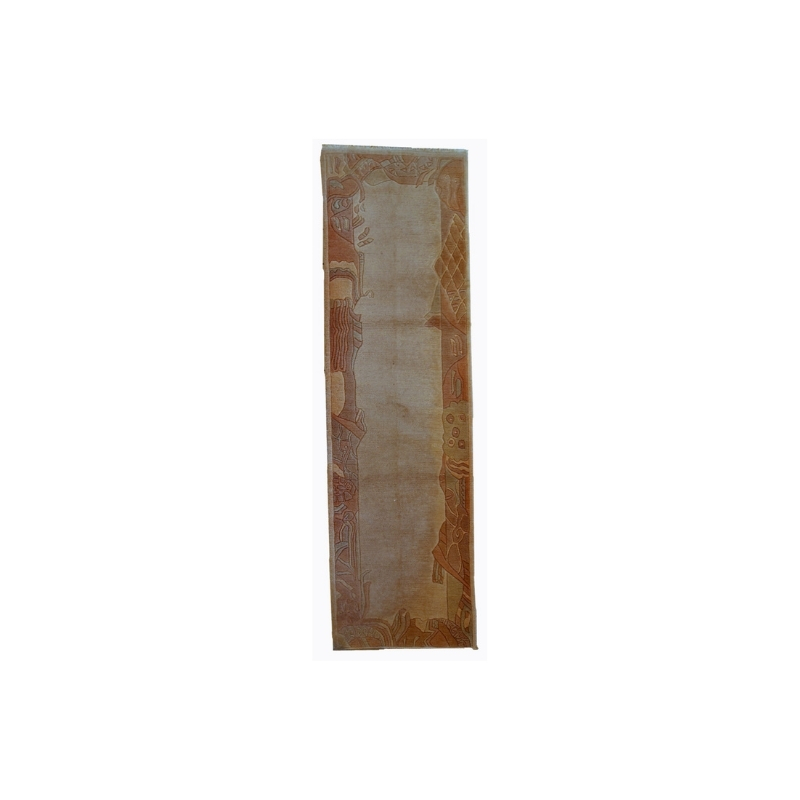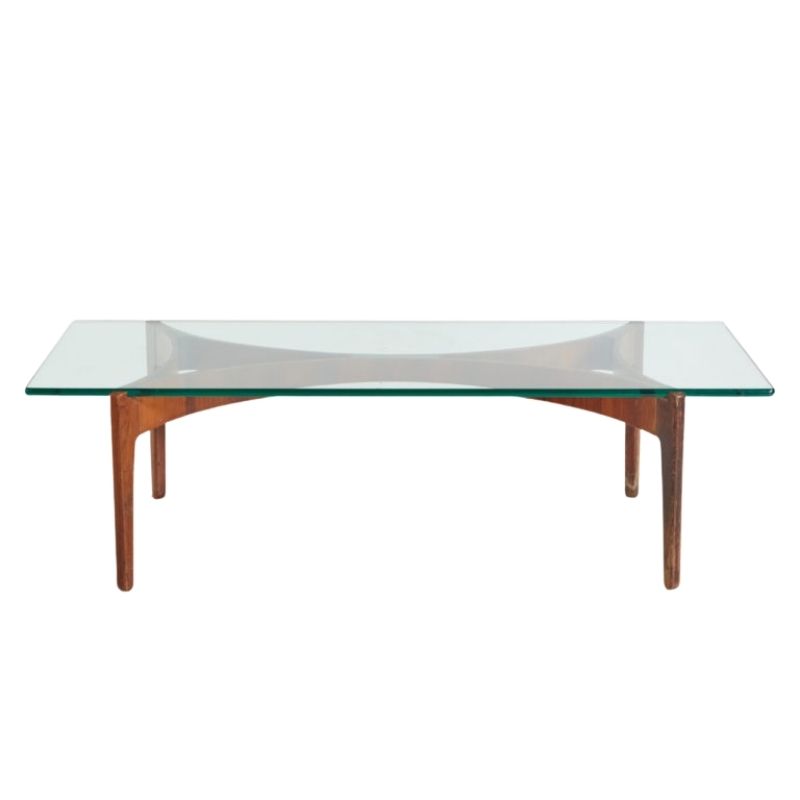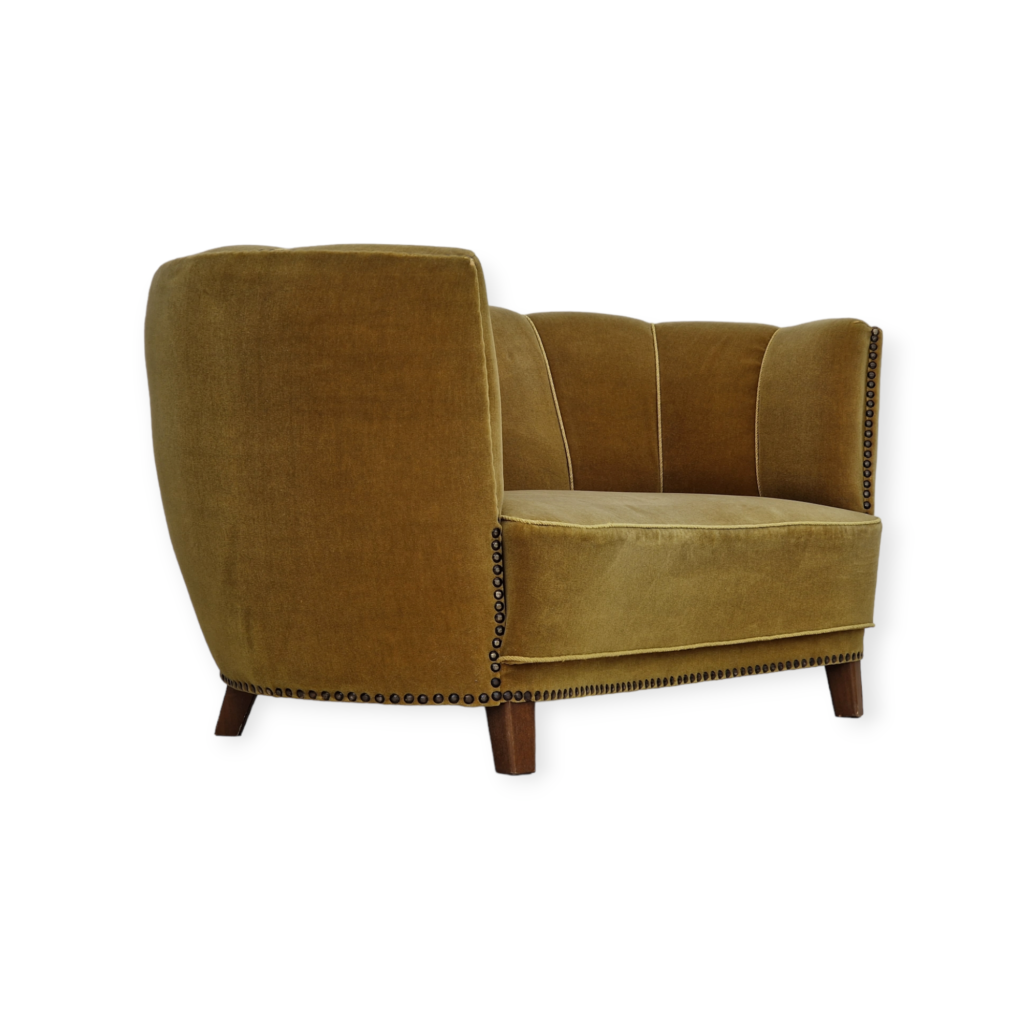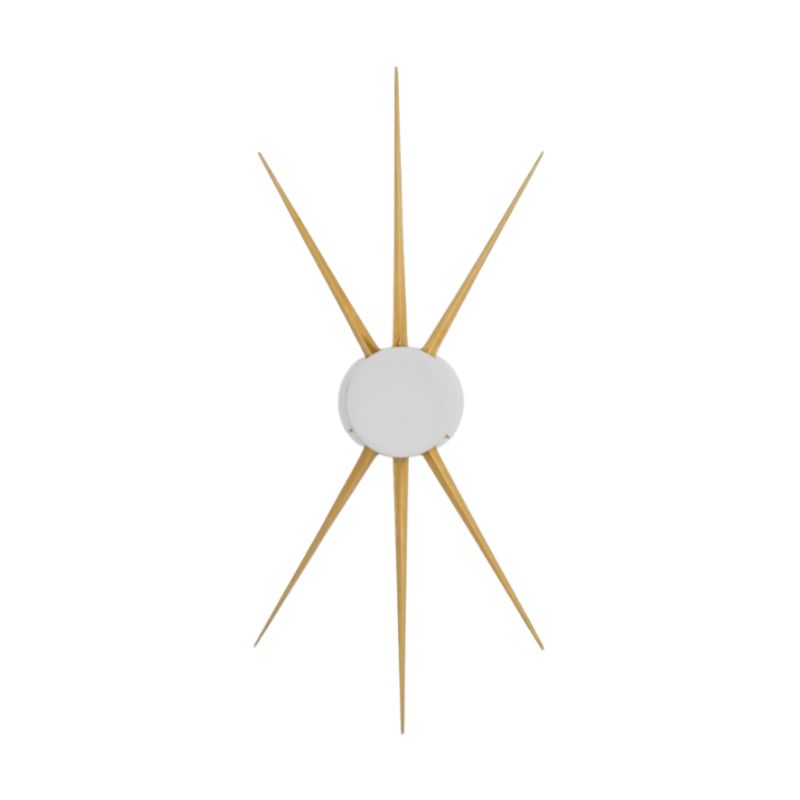This one
is a bit more comprehensible.
http://www.umbra.com/ustore/product/325100/c660/flybrary_bookshelf.html
Stupid
Uggg... stupid designers trying to be clever. "Lets make a bookshelf, but in doing so, lets ignore one small, insignificant bit of information: the history and structure of books."
For thousands of years books have been defined by their purpose: containing information. The binding and structure of books have simultaneously evolved to better, more securely contain information for longer and longer periods of time. To ignore that is to ignore any purpose you have in building a book shelf.
Angled bookshelves, tined bookshelves, horizontal bookshelves...basically anything other than an even, horizontal surface will damage your books.
I've
always wondered why traditionally-bound books do well upright, on horizontal shelves: the pages are a bit smaller than the cover boards, so the body of the book would seem to be torqued downward until the pages touch the shelf. But if this happens it doesn't seem to harm the book . . .
I agree with the comments about the one I posted.
I've damaged paper-bound books by stacking them flat; the weight of many distorted the one on the bottom, forcing the spine into an angle from the face.
Does anybody have an idea how the second shelf above (the upside-down one) works ? What holds the books ? Or is that just a sculpture ?
a silly disaster.
Elastic ribbing. I saw it somewhere.
Stapled under the shelf.
Cannot find the link...
My books have lived the life of a nomad.
Humidity of New Orleans, the four seasons of an upstate barn...
But i shall not torment them with odd suspension.
It is the internet isn't it?
In the past would we ever see this?
Funny anyway.
(I made some pretty crazy crafty crap in high school!)
it is on this site somewhere.
with the tuna shelves.
http://www.instructables.com/id/SFWWMNGFH0JOT68/
SDR
You are correct: The weight of the pages pulls against the binding due to gravity. A traditionally bound book consists of pages sewn together in groups. The groups are stitched onto lateral tapes, which, is glued with an additional stiff cheesecloth material called mull. The book block is rounded causing a 'shoulder' to run along the inner edges of the covers (where you find the flexible groove of a cover). The shoulder, the tapes, the mull all support the pages against the sturdier supports of the covers. The covers extend (usually) about 1/8th inch beyond the pages - which prevents the bottoms of the pages from being scuffed and worn along the edge of the shelf.
Changing the angles of the shelves, tilting them back, or to one side or another causes shear stress on the tapes and on the covers. Whats worse is that newer books are less capable of handing undue stresses like that. If you've ever had a cheap paperback flop apart into a blizzard of yellowing pages you'll probably understand the basic construction of inexpensive books: The pages are simply glued at the spine. The glue is flexible, but usually only along the vertical axis - the one in which pages are opened and closed.
If you need any help, please contact us at – info@designaddict.com



